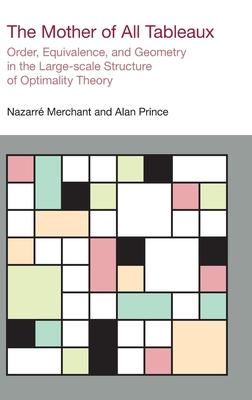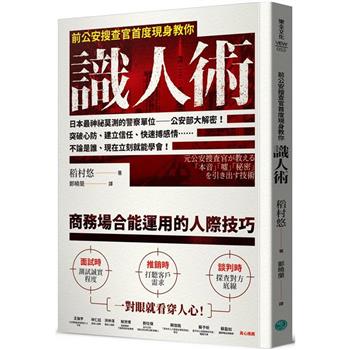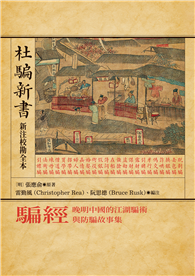An Optimality Theoretic (OT) grammar arises from the comparison of candidates over a set of constraints, oriented toward obtaining certain of those candidates as optimal. The typology of a specified system collects its grammars, encompassing all total domination orders among the posited constraints. Considerable progress has been made in understanding the internal structure of OT grammars. Here we move up a level, from grammar to typology, probing the structure that emerges from the most basic commitments of the theory. Comparison is once again central: a constraint viewed at the typological level turns out to rate entire grammars against each other. From this perspective, the constraint goes beyond its familiar role as an engine of comparison based on quantitative penalties and instead takes the form of a more abstract order and equivalence structure. This we call an EPO, an ’Equivalence-augmented Privileged Order’, presentable as a kind of enriched Hasse diagram. The collection of the EPOs, one for each constraint, forms the MOAT, the Mother of All Tableaux. The EPOs of a typology’s unique MOAT are respected in every violation tableau associated with it. With the MOAT concept in place, it becomes possible to understand exactly which sets of disjoint grammars constitute valid typologies. This finding gives us the conditions under which grammars of a given typology can merge to produce another simpler typology and thereby abstract away informatively from various differences between them. Geometrically, the MOAT concept enables us to show, following the insights of Riggle (2010, 2012), that the grammars of a typology neatly partition its representation on the permutohedron into connected, spherically convex regions. Discussion proceeds along both concrete and abstract lines, aiming to facilitate access for readers across a wide range of interests.
| FindBook |
有 1 項符合
The Mother of All Tableaux: Order, Equivalence, and Geometry in the Large-Scale Structure of Optimality Theory的圖書 |
 |
The Mother of All Tableaux: Order, Equivalence, and Geometry in the Large-Scale Structure of Optimality Theory 作者:Merchant 出版社:Equinox Publishing 出版日期:2023-06-01 語言:英文 規格:精裝 / 23.37 x 15.49 cm / 普通級/ 初版 |
| 圖書館借閱 |
| 國家圖書館 | 全國圖書書目資訊網 | 國立公共資訊圖書館 | 電子書服務平台 | MetaCat 跨館整合查詢 |
| 臺北市立圖書館 | 新北市立圖書館 | 基隆市公共圖書館 | 桃園市立圖書館 | 新竹縣公共圖書館 |
| 苗栗縣立圖書館 | 臺中市立圖書館 | 彰化縣公共圖書館 | 南投縣文化局 | 雲林縣公共圖書館 |
| 嘉義縣圖書館 | 臺南市立圖書館 | 高雄市立圖書館 | 屏東縣公共圖書館 | 宜蘭縣公共圖書館 |
| 花蓮縣文化局 | 臺東縣文化處 |
|
|
圖書介紹 - 資料來源:博客來 評分:
圖書名稱:The Mother of All Tableaux: Order, Equivalence, and Geometry in the Large-Scale Structure of Optimality Theory
|









